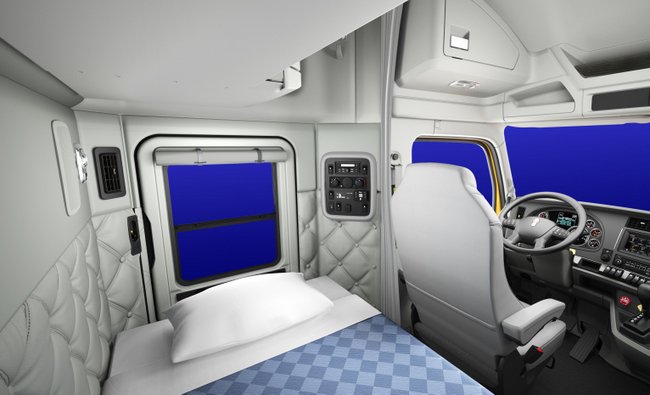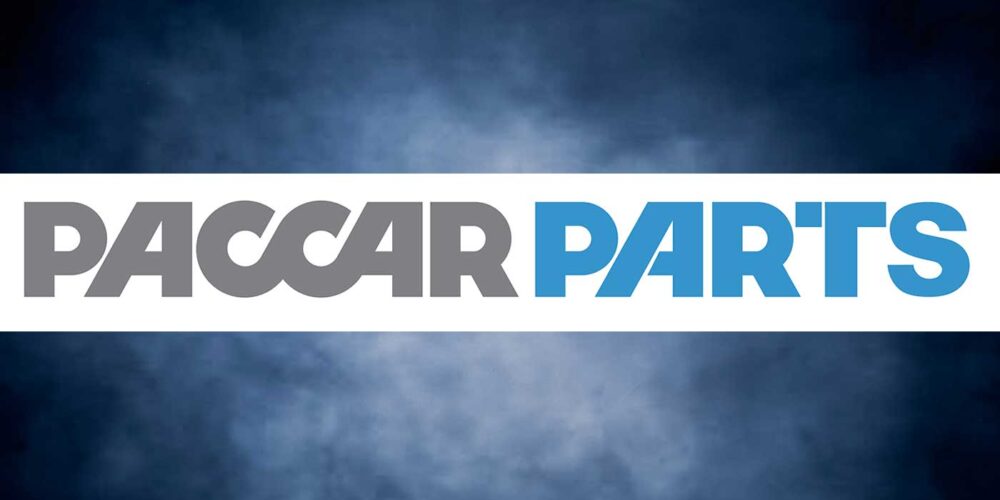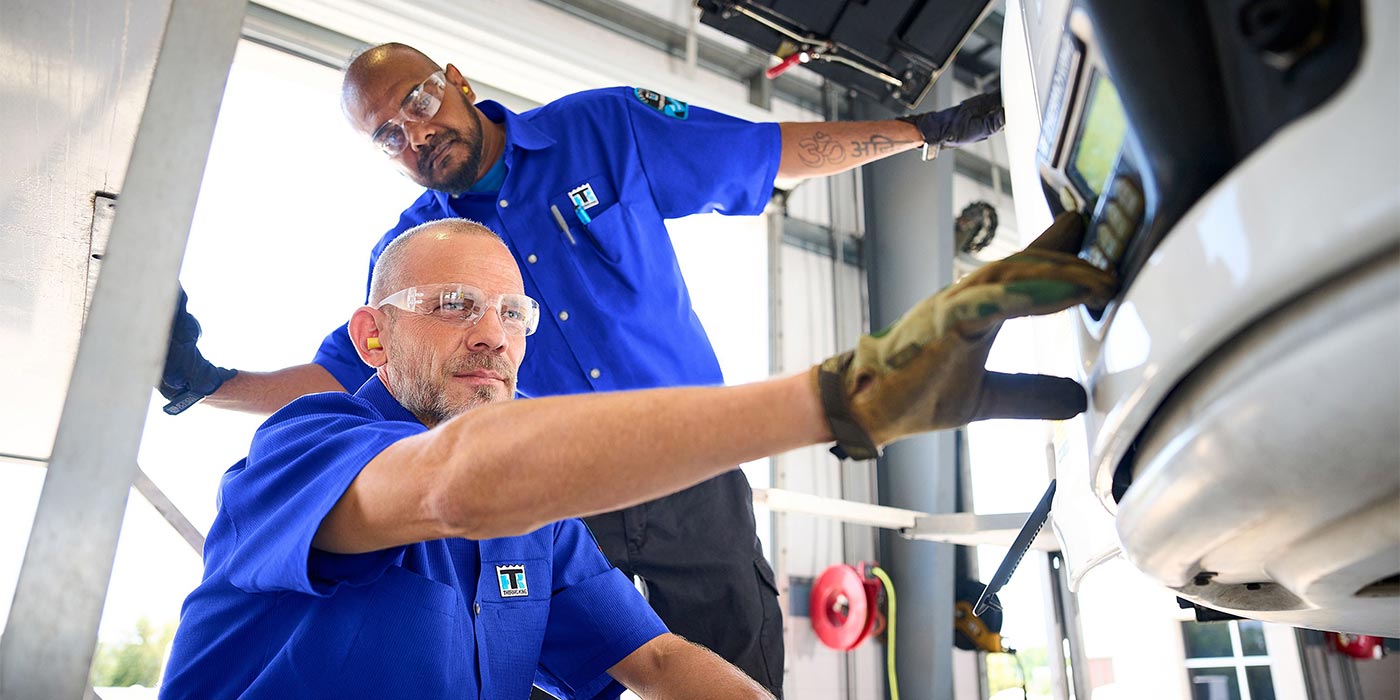When it comes to driver comfort, two key selling points for any truck are space and visibility. Big interiors and lots of window glass add to the demands placed on another critical driver-comfort item—the HVAC system.
“Truck manufacturers work closely with climate-control system engineers to make sure the components, ducts, vents and controls are well suited to the vehicle’s interior and expected use,” says Gary Hansen, vice-president of engineering at Red Dot Corp. “However, there’s more to consider given today’s sophisticated HVAC systems. There are features that can improve the accuracy of temperature control and prevent premature failures of critical components.”
Hansen offers three HVAC system enhancements not to overlook:
1. Compressor protection
Compressors are the No. 1 warranty-cost item in an air-conditioning system. “If you can add a device that prevents a compressor failure, that investment will more than pay you back in reduced maintenance costs and downtime,” Hansen says. “Integrated system protection may be required if you want an extended warranty that covers HVAC system components. Consider a protection system that has built-in diagnostics and communicates with the SAE J1708 serial bus. This helps technicians efficiently troubleshoot problems.”
2. Automatic temperature control
ATC uses a computer and sensors to monitor temperatures and humidity levels inside and outside the vehicle, at duct outlets and at the evaporator. It can fine-tune the temperature inside the vehicle automatically, controlling which ducts the hot or cold air blows out of, as well as the fan speed and the position of the recirculation door.
Some ATC units have separate controls for the cab and sleeper area, but better systems allow the driver to control either system from a switch on the dash. “Watch out for low-cost systems,” Hansen advises. “They may lack the sensors or computing power to maintain a consistent temperature. And if you can have ATC in only one ‘zone’ inside the vehicle, it probably should be the sleeper. There’s nothing worse for the driver than a sleeper that’s an icebox or a sauna. ATC can maintain the temperature at a pre-set point.”
3. Filters
Fresh-air intake filters not only improve air quality for the driver, they trap dust, dirt and other airborne particles before they reach sensitive HVAC components. Most commercial trucks have one or more filters made of pleated paper, the same type of media you’d find on the air filter in an engine. Dirt and debris settle deep in the pleats and build up from there.
There are other options, however. High-efficiency particulate air (HEPA) filters are made of high-density pleated paper and capture extremely small particles that might be harmful to people with allergies or asthma. Charcoal impregnated filters can help trap particles from cigarette smoke and neutralize the odor.
“Regardless of the filter spec,” Hansen notes, “always follow recommended inspection and replacement intervals. It’s work you can have bundled into regular service the next time the truck is in the shop.”
Red Dot Corp. is the manufacturer of original equipment and aftermarket climate-control systems for commercial vehicles, including ProTecht, which monitors refrigerant pressure and shuts down the system in case of refrigerant loss, excessive overcharge or a system malfunction. www.rdac.com














